torah
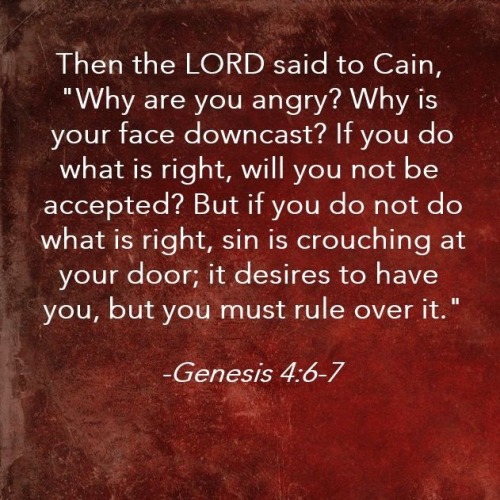
Genesis 4:6-7 (NIV)
Then
the Lord said to Cain, “Why are you angry? Why is your face downcast?
If you do what is right, will you not be accepted? But if you do not do
what is right, sin is crouching at your door; it desires to have you,
but you must rule over it.”
Obeying from love is better than to obey from fear.
—
Rashi
Rashi


“The brightest light is the light that comes from the darkness.”
Enlist
In The Royal Apocalyptic Vectorian Army #RAVA And Serve The End Times !
Be In Touch If You Know You Are Destined For Imperial Satanic Military
Service #2033AD #VectorianArmy #VECTOR #jjbrine #vectorian
#vectorgallery #satan #jesuschrist #lebanon #maronite #israel #syria
#alawite #torah #bible #quran #VECTOR #art #artgallery #artnews
#posthuman #revelations
In The Royal Apocalyptic Vectorian Army #RAVA And Serve The End Times !
Be In Touch If You Know You Are Destined For Imperial Satanic Military
Service #2033AD #VectorianArmy #VECTOR #jjbrine #vectorian
#vectorgallery #satan #jesuschrist #lebanon #maronite #israel #syria
#alawite #torah #bible #quran #VECTOR #art #artgallery #artnews
#posthuman #revelations
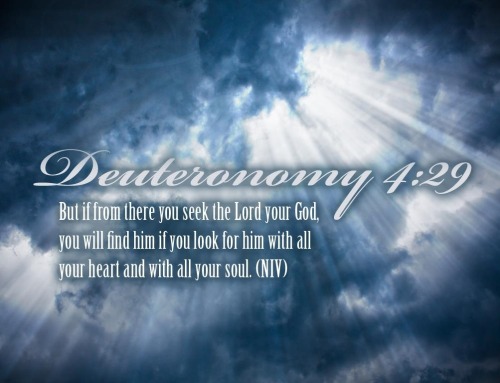
Deuteronomy 4:29 (NIV)
But if from there you seek the LORD your God, you will find him if you seek him with all your heart and with all your soul.
Ruth
tells Naomi, I love you even though you’re not “useful” to me, I love
you even if you’re a burden, I love you because you’re family and I need
you, I love you even if you’re not my original family, I love you as an
individual you and not based on your relationship to any man
men think this is a patriarchal story because it ends with a marriage
tells Naomi, I love you even though you’re not “useful” to me, I love
you even if you’re a burden, I love you because you’re family and I need
you, I love you even if you’re not my original family, I love you as an
individual you and not based on your relationship to any man
men think this is a patriarchal story because it ends with a marriage
Patrocinado

Unique Method May Regrow Lost Hair
Hair Loss Protocol
We Wrote The #Torah #Bible #Quran & #VECTOR (at Vector Gallery)

Deuteronomy 6:5 (NLT)
And you must love the LORD your God with all your heart, all your soul, and all your strength.
Herstorical
#Vectorian History Lesson - 2021AD “Year Of PostHuman Renascence”
#vectorgallery #vector #jjbrine #satan #jesuschrist #ALAN #illuminati
#posthuman #postmodern #art #artnews #artgallery #2033AD
#satanicstateofvector #herstory #LEGION #melektaus #quran #torah #bible
#krishna
#Vectorian History Lesson - 2021AD “Year Of PostHuman Renascence”
#vectorgallery #vector #jjbrine #satan #jesuschrist #ALAN #illuminati
#posthuman #postmodern #art #artnews #artgallery #2033AD
#satanicstateofvector #herstory #LEGION #melektaus #quran #torah #bible
#krishna
In class today, we went through the #Torah and found the #MiChamocha we searched for our freedom song and found it.
#search #elulgram #blogelul #elul3 #jewisheducation #songofthesea
#search #elulgram #blogelul #elul3 #jewisheducation #songofthesea
@jjbrine
#jjbrine #vectorgallery #vectorian #VECTOR #posthuman #art
#posthumanart #satan #jesuschrist #Lemniverse #infinitiment #2033AD
#installationart #artnews #nycart #artgallery #chinatown #magick
#eschatology #religion #torah #bible #quran #VECTOR #yahweh #jesus
#allah #ALAN (at Vector Gallery)
#jjbrine #vectorgallery #vectorian #VECTOR #posthuman #art
#posthumanart #satan #jesuschrist #Lemniverse #infinitiment #2033AD
#installationart #artnews #nycart #artgallery #chinatown #magick
#eschatology #religion #torah #bible #quran #VECTOR #yahweh #jesus
#allah #ALAN (at Vector Gallery)
belief
in God metaphorically expresses our responsibility to one another and
our belief in the fundamental value of every human life.
to say there’s no God is one thing. okay. but to say that God
wouldn’t care about the Earth and thinks we’re beneath notice is to say
we shouldnt care about each other.
what an arrogant kind of projection of our attitude onto God, what a
presumption, that we think God wouldnt care about the world because it’s
small, humble, isolated.
in God metaphorically expresses our responsibility to one another and
our belief in the fundamental value of every human life.
to say there’s no God is one thing. okay. but to say that God
wouldn’t care about the Earth and thinks we’re beneath notice is to say
we shouldnt care about each other.
what an arrogant kind of projection of our attitude onto God, what a
presumption, that we think God wouldnt care about the world because it’s
small, humble, isolated.

crmc_clothing True Tarot is symbolism; it speaks no other language and offers no other signs…
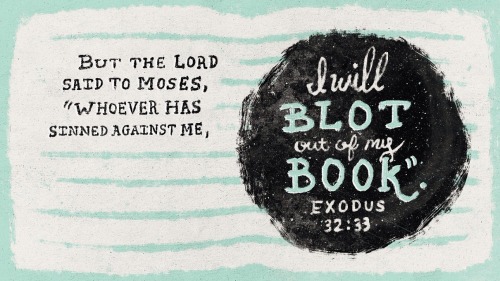
Exodus 32:33 (ESV)
But the Lord said to Moses, “Whoever has sinned against me, I will blot out of my book.
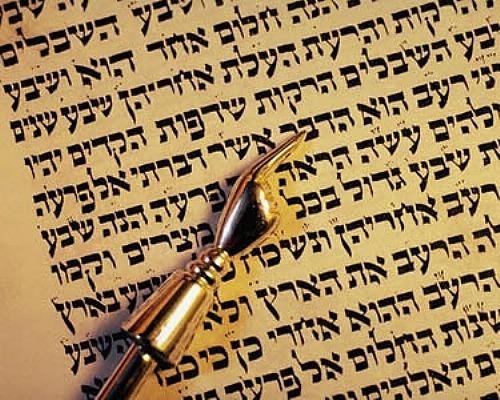
Hashem’s Torah is perfect, it makes the simpleton wise
andrea grinberg is honestly one of my favourite Torah-related youtube people. everything she says is so … from the heart.

Genesis 12:3 (KJV)
And I will bless them that bless thee, and curse him that curseth thee: and in thee shall all families of the earth be blessed.

IDF soldiers with the Torah in the Judean Desert.
#yahweh
#god #allah #ALAN #jewish #christian #muslim #vectorian #judaism
#christianity #islam #vectorian #torah #bible #quran #VECTOR /*\
#vectorgallery @jjbrine #jjbrine #vectorLA #art #artgallery #posthuman
#artnews #theology #postmodern #satan #jesuschrist #illuminati
#eschatology #losangeles #LA (at Vector Gallery)
#god #allah #ALAN #jewish #christian #muslim #vectorian #judaism
#christianity #islam #vectorian #torah #bible #quran #VECTOR /*\
#vectorgallery @jjbrine #jjbrine #vectorLA #art #artgallery #posthuman
#artnews #theology #postmodern #satan #jesuschrist #illuminati
#eschatology #losangeles #LA (at Vector Gallery)
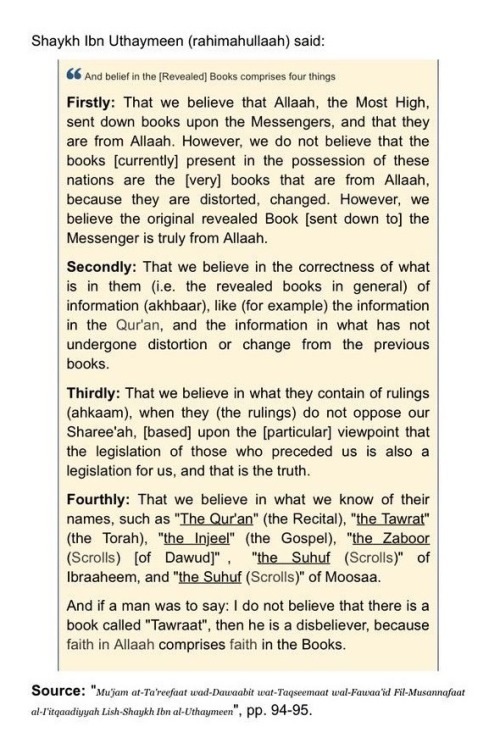
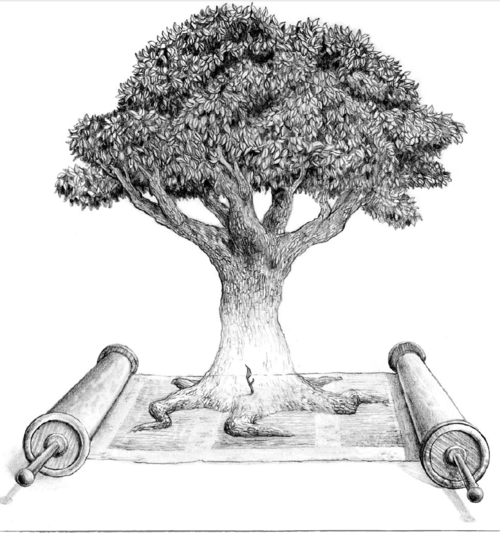
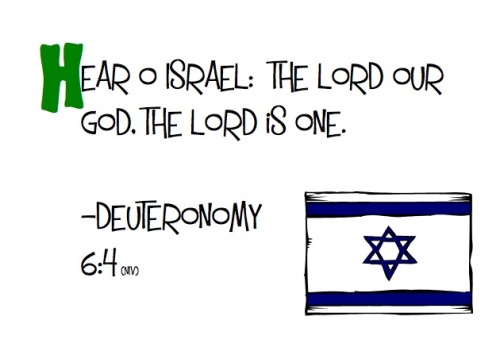
Deuteronomy 6:4 (NIV)
Hear, O Israel: The Lord our God, the Lord is one.

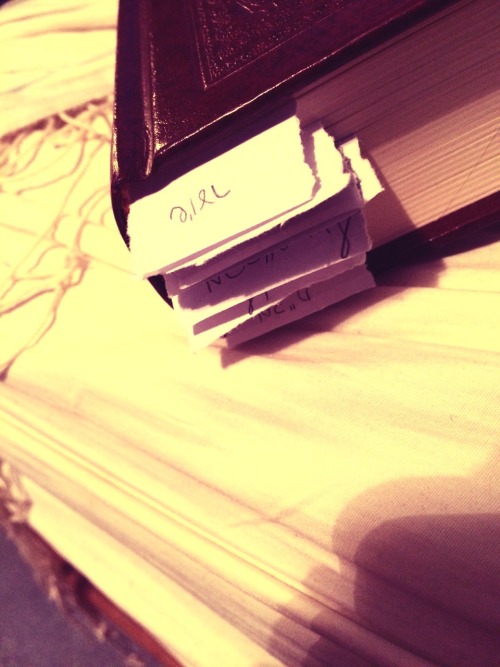
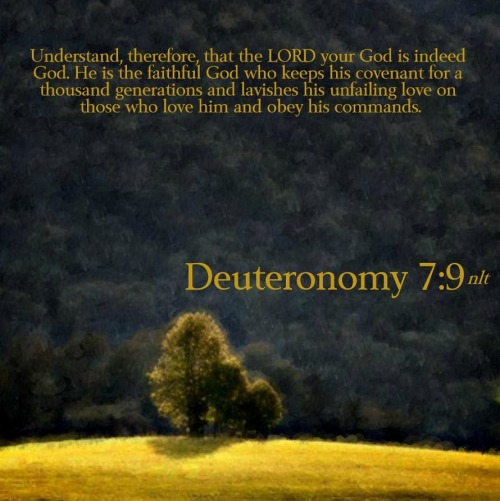
Deuteronomy 7:9 (NLT)
Understand, therefore,
that the Lord your God is indeed God. He is the faithful God who keeps
his covenant for a thousand generations and lavishes his unfailing love
on those who love him and obey his commands.
eretzyisraelblog.eretzyisrael.org

All three were top leaders. They are the very definition of valid targets. (Interestingly, Al Akhbar doesn’t say a word about the civilians killed.)
Any military leader would agree that the unfortunate deaths of civilians
is an unfortunate but necessary consequence of hitting such high value
targets. International law does not intend to handcuff armies from doing
their jobs. But the standard of what is appropriate both for the
principle of distinction and the principle of proportion is what a reasonable military commander would do given all available information at the time.
Amnesty is suggesting jettisoning real international law. It has a
skewed idea of what international law is, seemingly with the goal of
making it literally impossible for Israel to defend itself.
One other piece of hypocrisy. Amnesty is pretending with this tweet to
care so much about the lives of the civilians killed in this attack. But
it has nothing negative to say about Hamas commanders - all of which
had been previously targeted for assassination, and who therefore know
that they were high-value targets - choosing to hide in a house filled
with civilians and children.
Isn’t that against international law also? Indeed it is. But amnesty will not say anything negative about them.
When a “human rights’ organization sides with known, proven terrorists
against a modern state with lots of checks and balances in its army, it
has no right to call itself a "human rights” organization.
Any military leader would agree that the unfortunate deaths of civilians
is an unfortunate but necessary consequence of hitting such high value
targets. International law does not intend to handcuff armies from doing
their jobs. But the standard of what is appropriate both for the
principle of distinction and the principle of proportion is what a reasonable military commander would do given all available information at the time.
Amnesty is suggesting jettisoning real international law. It has a
skewed idea of what international law is, seemingly with the goal of
making it literally impossible for Israel to defend itself.
One other piece of hypocrisy. Amnesty is pretending with this tweet to
care so much about the lives of the civilians killed in this attack. But
it has nothing negative to say about Hamas commanders - all of which
had been previously targeted for assassination, and who therefore know
that they were high-value targets - choosing to hide in a house filled
with civilians and children.
Isn’t that against international law also? Indeed it is. But amnesty will not say anything negative about them.
When a “human rights’ organization sides with known, proven terrorists
against a modern state with lots of checks and balances in its army, it
has no right to call itself a "human rights” organization.
Egypt again has shut down the crossing at the city of Rafah, which
straddles the border between Gaza and the northern Sinai, after having
re-opened it four days for emergency cases.
Egyptian officials said they prevented nearly 150 Arabs from leaving
Gaza for the Sinai on Friday. The crossing has been closed since last
October, except for brief periods, as part of the al-Sisi regime’s
campaign against Hamas.
Israel also has restricted passage, primarily to bar three Be’er
Sheba area-based sisters of Hamas’ de facto Prime Minister Ismail
Haniyeh from attending their nephew’s wedding because Hamas continues to
hold two Israelis as captives.
One of them is a Bedouin from the northern Negev city of Hura, and
the second man is Avera Mengistu, who has a mental condition and crossed
the security fence in Gaza last year.
Israel has not commented on the Bedouin, but he reportedly has had
previous contact with Gaza Arabs and may be involved in crime.
straddles the border between Gaza and the northern Sinai, after having
re-opened it four days for emergency cases.
Egyptian officials said they prevented nearly 150 Arabs from leaving
Gaza for the Sinai on Friday. The crossing has been closed since last
October, except for brief periods, as part of the al-Sisi regime’s
campaign against Hamas.
Israel also has restricted passage, primarily to bar three Be’er
Sheba area-based sisters of Hamas’ de facto Prime Minister Ismail
Haniyeh from attending their nephew’s wedding because Hamas continues to
hold two Israelis as captives.
One of them is a Bedouin from the northern Negev city of Hura, and
the second man is Avera Mengistu, who has a mental condition and crossed
the security fence in Gaza last year.
Israel has not commented on the Bedouin, but he reportedly has had
previous contact with Gaza Arabs and may be involved in crime.
The Palestinian Wall of Lies
A very powerful video! A Must Watch!

garbanzotoons:
A Palestinian Arab researcher wrote in a policy brief published Thursday in Ma'an News Agency that
Palestinian corruption is deeply ingrained and has been since before
the Palestinian Authority (PA) was even formed - but that Israel is to
blame for it.
Tariq Dana, a senior research fellow at Birzeit University, first
published the policy brief this week on the site of the NPO Al-Shabaka.
In it, he noted that recent surveys indicate 81% of Arab residents in
Judea, Samaria and Gaza believe the PA institutions are rife with
corruption.
Dana stated that the corruption is “embedded in the underlying power
structure that governs the Palestinian political system and that were
rooted in the Palestine Liberation Organization (PLO) prior to the Oslo
process” of 1993, which created the PA.
“PA corruption in Palestine is, in effect, a self-enforcing system,”
reasoned the researcher, saying “patron-clientelism” in which support is
bought by doling out favors is a major factor.
Giving a pre-PA example, he noted that “during the 1980s, the PLO
leadership used the Sumud (steadfastness) Fund…which was formally
channeled through the Palestinian-Jordanian joint committee…to award
their supporters and exclude others.”
anónimo ha preguntado:
Therewill never be an "israeli society" or whatever the fuck u call
"culture". It's stolen. Stop taking pride in what's not yours.
newisraelite ha contestado:
Oh,hello. Another bright antisemite who thinks they can prove that Israeli
culture doesn’t exist, or that’s it’s “stolen”. Then please try to
argue with this, anon.
Is the land stolen?
The first mention of Israel is in the Merneptah Stele, an Egyptian victory inscription dating back to 1208 BCE. And there is other ample archeological evidence that proves the existence of the ancient kingdoms of Judea and Israel for hundreds of years, as the Bible describes them. The Hasmonean Kingdom,
the second Jewish Kingdom in Judea, has even more evidence behind it.
Even those few historians who completely dispute the Bible’s
authenticity don’t and can’t dispute the second Jewish kingdom and the temple in Jerusalem, because it’s mentioned far too often in independent ancient sources.
The Jewish people were forced out of their homeland, twice, after foreign empires conquered and colonized us. Being indigenous to Israel doesn’t gives us the right to oppress other people, but it does give us the right to live here.
Is our flag stolen?

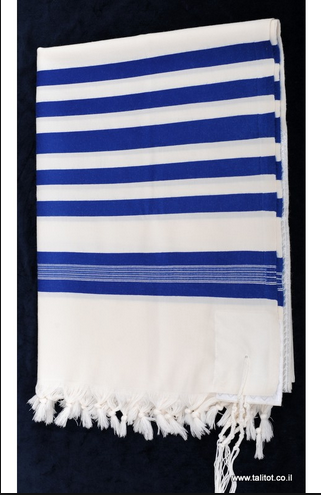


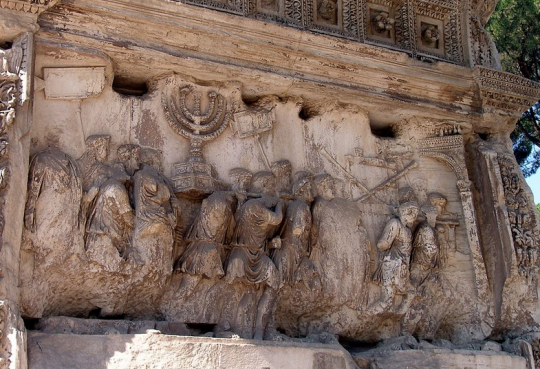
Is our language stolen?
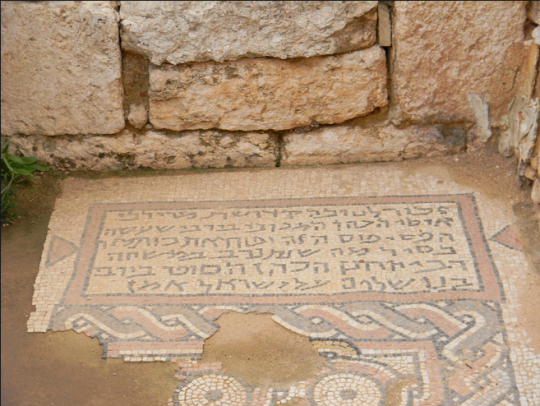
Are our coins stolen?
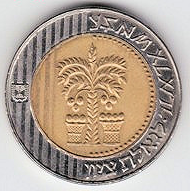

Is Jerusalem stolen?


Is our cuisine, music or clothing stolen?
Much of our original culture was lost, and we were influenced a lot by the different places we lived in.
That’s what happens to an indigenous people that are exiled from their
homeland, and were forced to live as a minority in a diaspora.
So yes, we have significant European and Middle Eastern influence on our
cuisine, music, clothes, and so on. But it’s not stolen. It was
practiced by us for hundreds and thousands of years because we often had
no other choice.

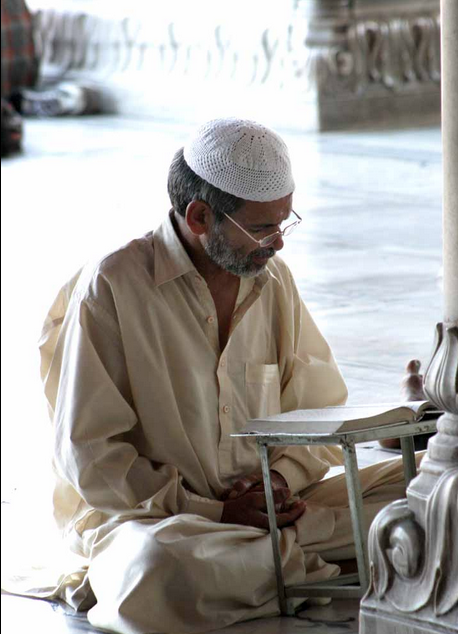
built a synagogue in Jerusalem and couldn’t pay their debts, the
Ottoman authorities banned all Ashkenazi Jews from Jerusalem. Those who
wanted to live in Jerusalem had to pretend to belong to the older
Sephardi Jewish community, and that meant adopting clothing similar to
Muslims.
In conclusion: accusing Jews of stealing culture is antisemitism
I touched upon this in an older post,
but I should expand that this applies to non-Mizrahi Jews as well. Yes,
Jews can appropriate culture, like anyone else. But 99% of the “Jews
steal culture!” accusations either involve erasing our own history and
culture, or blaming us for adopting parts of cultures where we lived as
persecuted minorities.
If you think this is a trivial matter, realize that accusing Jews of stealing and desecrating culture was historically used as an excuse to massacre and expel us. This needs to stop.
girlactionfigure:
The “Hassidic Hendrix” Yossi Piamenta succumbed to cancer today. He was 64. BD"E (per @Nov_reuveny)
@LahavHarkov

girlactionfigure:
HOPE FOR THE FUTURE: Meet the former Saudi Arabian general who is making peace with Israel his personal mission.
“The main project between me and Dore Gold is to bring peace between Arab countries and Israel,” said Eshki.
The former general noted that while the initiative is “personal,”
Riyadh “knows about the project” and “isn’t against it, because we need
peace.”
Join more than 70,000 people in the fight for a peaceful future at www.PeaceNotHate.com
More: here
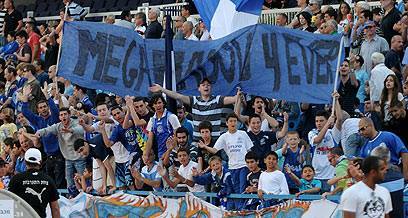
girlactionfigure:
Was antisemitism behind the mass food poisoning of Israeli youth soccer team in Bulgaria?
***
Maccabi
Petah Tikva’s youth club is in Bulgaria to take part in training camp.
Their players are staying at a hotel in Sofia. After the illnesses, the
team’s coaches bought food for the team from eateries outside of the
hotel just to make sure that they don’t fall victim to additional cases
of food poisoning. “We have the sense that somebody [at the hotel] was
bothered by the fact that the players sang in Hebrew on Friday,” Avi
Luzon, a Maccabi Petah Tikva official, told Sport 5. “We asked the
Bulgarian soccer federation to investigate this matter urgently,” Luzon
said. “One after the other, the players fell victim and were rushed to
the emergency room. From what I gathered, this was really scary. I hope
that tomorrow morning they will be able to get on a plane back to Israel
so that they can be tested further.” “We cannot just sit idly by and
accept this,” he said. “I will ask for a thorough investigation because
this facility belonged to the Bulgarian federation.”
***
Read more: here
(Picture: Yuval Hen)
ISCA
girlactionfigure:
‘Big Bang Theory’s’ Mayim Bialik: Jew Hate Over Israel ‘Should Be Alarming’ To The World
The Big Bang Theory may not take too much seriously, but actress
Mayim Bialik says Jew hate is spreading around the world. Worse, even
her own fans seem to hate that that she’s Jewish, and she says the
reaction to Israel “should be alarming to most people.”
In a related report by the Inquisitr, actor Michael Douglas also said
he experienced the rise of modern antisemitism first hand during his
European family vacation.
More: here
Documenting Anti-Semitism
IDF Major General ditches Army career to build home for the disabled
Doron Almog is the father of a Eran, who was born with severe autism. As
head of the IDF’s Southern Command, Doron foiled many attempts to
launch terror attacks in Israel. He also took part in the 1976 Entebbe
operation and the airlift of some 6,000 Jews from Ethiopia in the 1980s.
About ten years ago, Doron left the army to found Aleh Negev, a
rehabilitative village located in Ofakim in southern Israel, that
provides severely disabled young adults the opportunity to live a rich
and productive life within a safe environment. The village is the
largest of the ALEH network of residential facilities for children with
severe disabilities. After Eran’s death in 2007 at age 23, Aleh Negev’s
name was changed to Nachalat Eran.
Links:
Aleh: http://aleh.org/
Nachalat Eran: https://aleh.org/aleh-facilities/aleh…
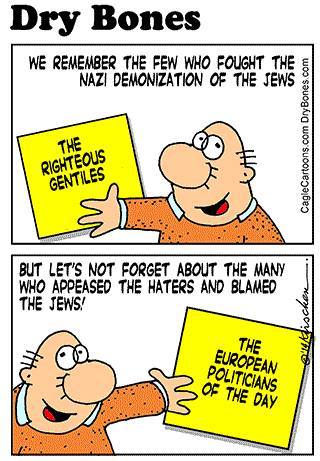
Europe …Again!?
On Rosh Hashana, a small gesture can mean everything for our soldiers out in the field.
Israel Defense Forces
Israel Defense Forces


Sergeant
Alan Camjalli is 20 years old and in charge of the canine training
facility in the Hatzor Air Force Base. With his team, he raises young
puppies and trains them to join security forces.
Alan Camjalli is 20 years old and in charge of the canine training
facility in the Hatzor Air Force Base. With his team, he raises young
puppies and trains them to join security forces.
“The
dogs are born here and brought up by me and my team. What I love in this
job is the special attention I can give each and every puppy.”
salixj:
In recent months, opponents of the Boycott, Divestment and Sanctions
(BDS) movement against Israel have begun to turn its tactics against it.
In May, the Illinois legislature unanimously approved
a bill that barred the state from investing its pension funds in
companies that boycott Israel, effectively boycotting the boycotters.
The next month, a similar law passed
in South Carolina, preventing state agencies from contracting with any
business that boycotts others “based on race, color, religion, gender,
or national origin.”
Now, the anti-BDS backlash has begun to spread to individual companies. Last night,Yogi Tea announced that it was ending its association with the Rototom Sunsplash Festival in response to the Spanish reggae gathering’s attempt
to disinvite American-Jewish artist Matisyahu unless he made his views
known on Zionism and the Israeli-Palestinian conflict. The cancellation
of the singer’s performance was widely viewedas anti-Semitic and denounced by the Spanish government. In response to the cavalcade of criticism, the festival apologized for its actions, blamed “coercion and threats employed by the BDS País Valencià,” and reinvited Matisyahu.
But Yogi Tea, a 30-year-old brand based in the U.S. and Europe listed as a “technical partner”
by Rototom, apparently had enough, and in response to a query on
Twitter, said that it would be severing its ties with the
festival.Yogi’s response to BDS, as in the cases of South Carolina and
Illinois, shows that two can play at the boycott game—and that when the
broader public is engaged on the issue, the anti-Israel side is often
hoisted by its own petard.
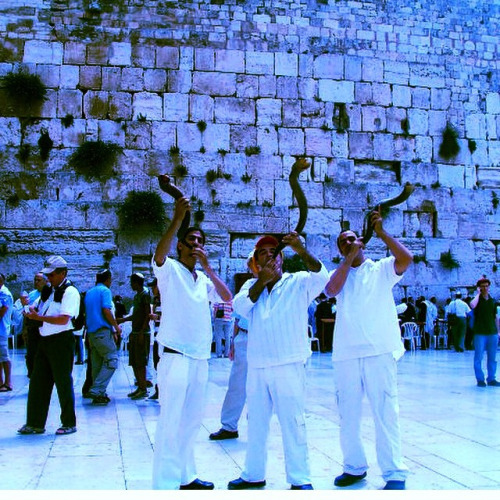
Elul - It’s time of the year.


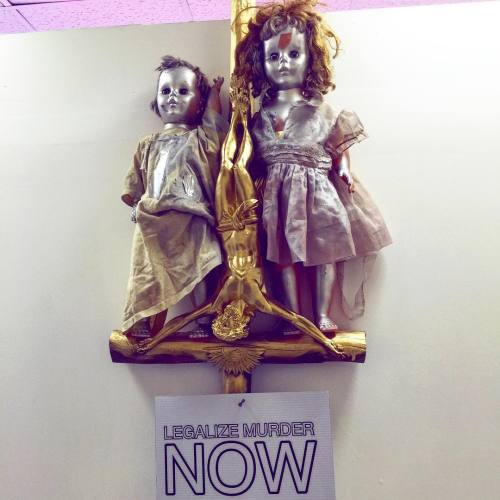


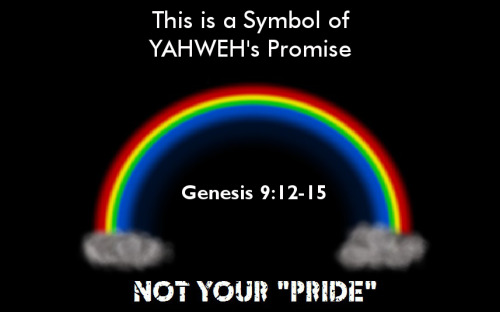
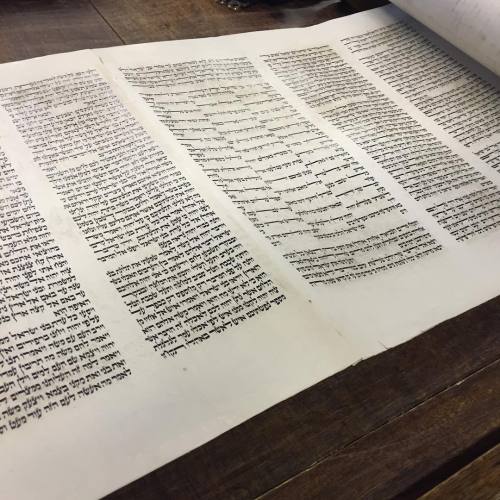

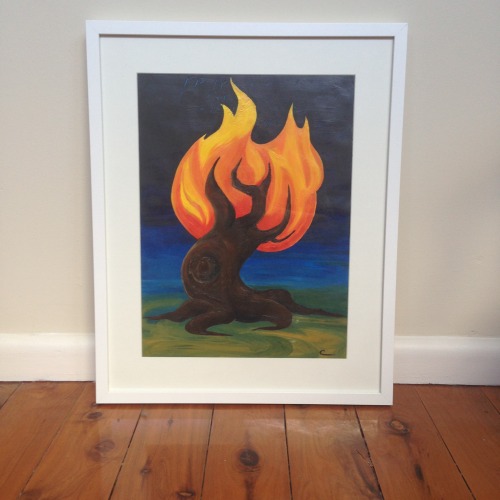
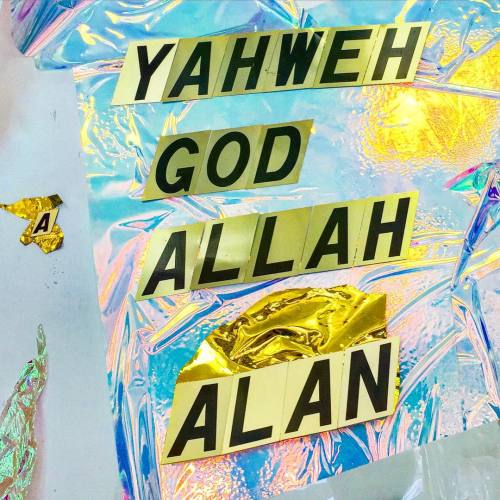
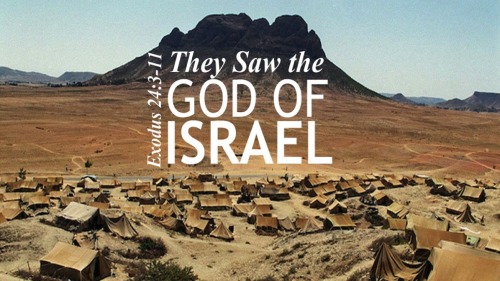


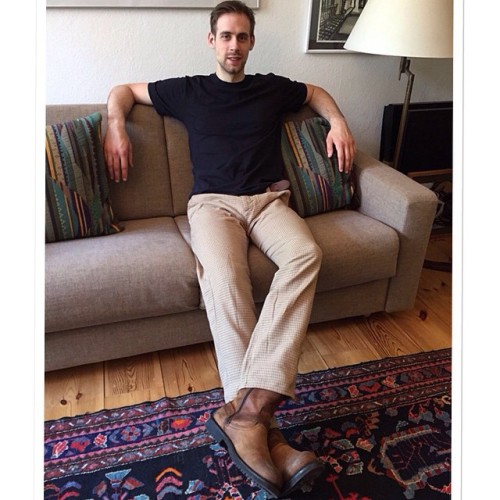

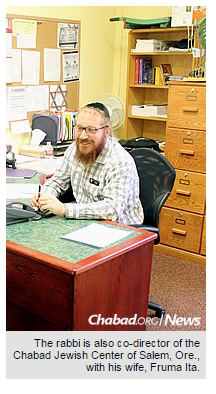
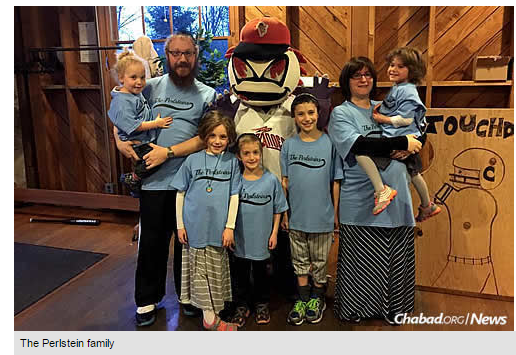






No hay comentarios:
Publicar un comentario